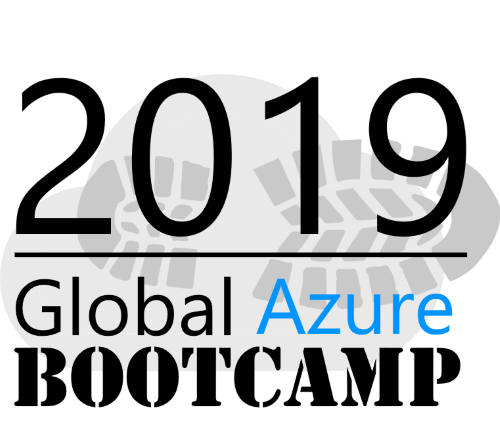Using a central IAM provider is certainly a great thing. While setting SSO up for AWS, the management for the AWS root-users became a issue, because its required for them to have globally unique e-mail address. This might not a problem for small companies, but if you plan several hundred or even thousand of AWS-accounts, this becomes a nightmare real fast. In this post, I will go over one approach on how you can manage all your root-users with M365 offerings and some Azure services, pretty much for free.
This is the third and final part of the series, that covers the API and deployment.
Using a central IAM provider is certainly a great thing. While setting SSO up for AWS, the management for the AWS root-users became a issue, because its required for them to have globally unique e-mail address. This might not a problem for small companies, but if you plan several hundred or even thousand of AWS-accounts, this becomes a nightmare real fast. In this post, I will go over one approach on how you can manage all your root-users with M365 offerings and some Azure services, pretty much for free.
This is the second part of the series, that covers the Shared Mailbox Setup.
Using a central IAM provider is certainly a great thing. While setting SSO up for AWS, the management for the AWS root-users became an issue, because its required for them to have globally unique e-mail address. This might not a problem for small companies, but if you plan several hundred or even thousand of AWS-accounts, this becomes a nightmare real fast. In this post, I will go over one approach on how you can manage all your root-users with M365 offerings and some Azure services, pretty much for free.
Read more...During the onboarding / rollout of Defender for Endpoint and Azure Arc Agent, the network plays a significant role. Communication via the Internet is usually restricted by segmented networks and secured by firewalls and proxies. To prevent errors or communication problems, the required ports & URLs should be opened to ensure seamless onboarding and operational processes.
Read more...Many tasks and processes can be automated quickly and easily using the Microsoft Graph API. This can be implemented with low-code applications such as Logic App or, for example, via Azure Function and PowerShell. Depending on the requirements, complexity, a variety of options are available.
Read more...Azure Kubernetes Services (AKS) and Azure Data Explorer (ADX) clusters are SaaS offerings based on virtual machines. It is probably the oldest way to safe money in the cloud - just turn them off when you do not need them - here are two ways to do this.
Read more...This is the fourth and final part of the blog series on how to move from Azure Pipelines to GitHub Actions.
Read more...This is the third part of the blog series on how to move from Azure Pipelines to GitHub Actions.
Read more...This is the second part of the blog series on how to move from Azure Pipelines to GitHub Actions.
Read more...Lately, I have been working on a lot of migrations from CI/CD environments of Azure Pipelines to GitHub Actions. I have been working with both tools for quiet some time now and I would like to share what I learned along the way.
Read more...

